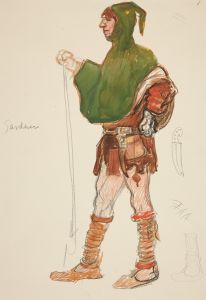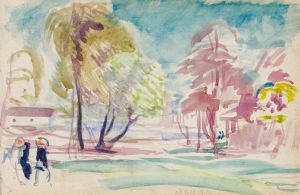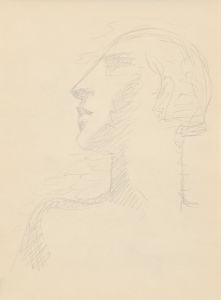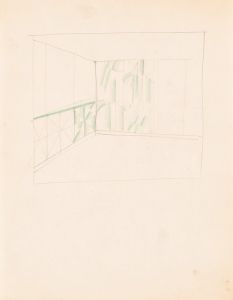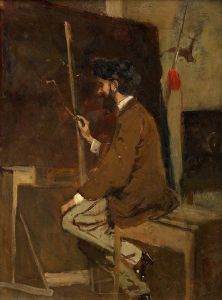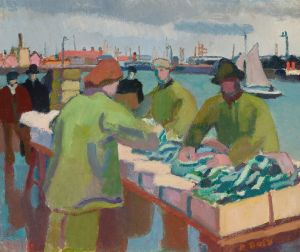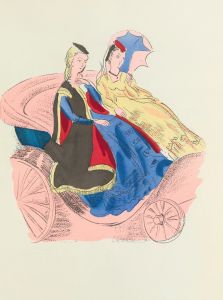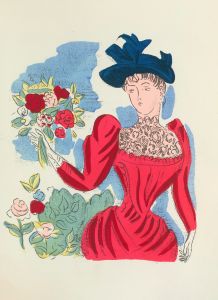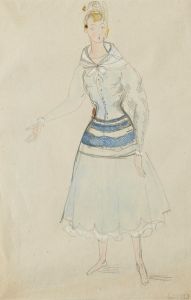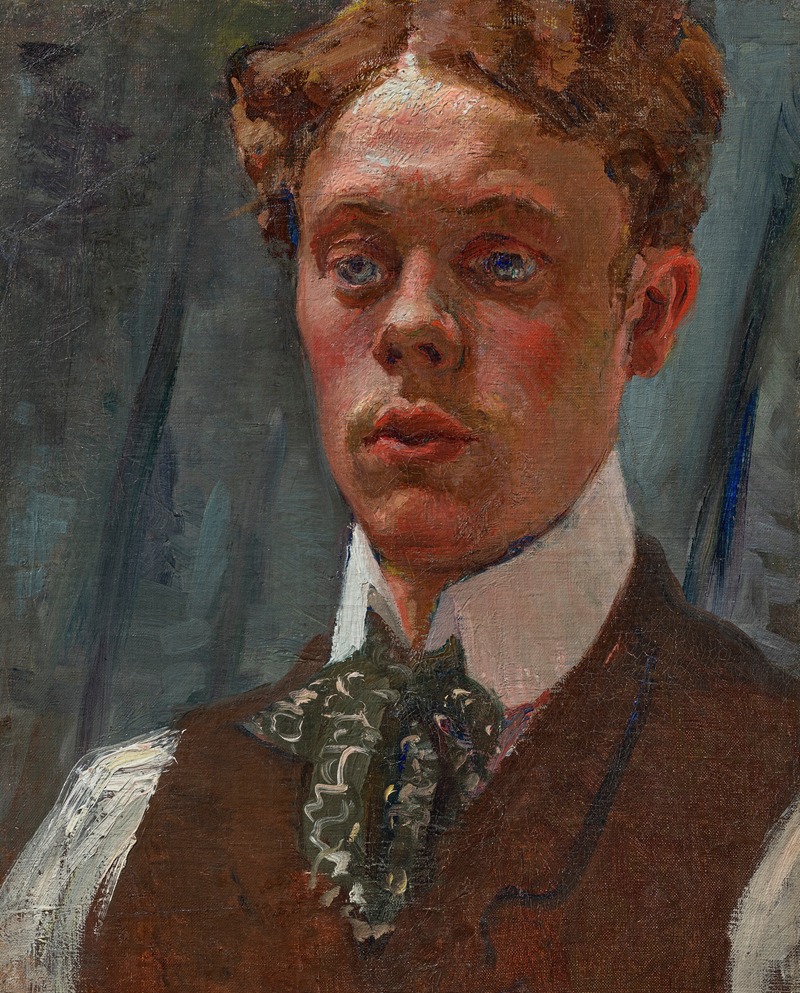
Autoportrait
A hand-painted replica of Raoul Dufy’s masterpiece Autoportrait, meticulously crafted by professional artists to capture the true essence of the original. Each piece is created with museum-quality canvas and rare mineral pigments, carefully painted by experienced artists with delicate brushstrokes and rich, layered colors to perfectly recreate the texture of the original artwork. Unlike machine-printed reproductions, this hand-painted version brings the painting to life, infused with the artist’s emotions and skill in every stroke. Whether for personal collection or home decoration, it instantly elevates the artistic atmosphere of any space.
Raoul Dufy, a prominent French Fauvist painter, is renowned for his vibrant use of color and his depictions of leisure activities and landscapes. However, there is limited information available specifically about a painting titled "Autoportrait" by Raoul Dufy. While Dufy created numerous works throughout his career, including paintings, drawings, and prints, there is no widely recognized or documented piece known as "Autoportrait" attributed to him in major art historical records or collections.
Raoul Dufy was born on June 3, 1877, in Le Havre, France, and he studied at the École des Beaux-Arts in Paris. He initially experimented with Impressionism but later became associated with the Fauvist movement, which was characterized by bold colors and expressive brushwork. Dufy's work often depicted scenes of regattas, horse races, and orchestras, capturing the lively and joyful aspects of modern life in the early 20th century.
One of Dufy's most significant contributions to art was his ability to convey a sense of movement and light through his use of color. He often employed a technique where he would outline forms with dark lines and fill them with bright, flat colors, creating a sense of vibrancy and immediacy. This approach can be seen in many of his well-known works, such as "The Electricity Fairy" and "Regatta at Cowes."
Dufy's career spanned several decades, and he worked in various media, including painting, textile design, and ceramics. His work was well-received during his lifetime, and he participated in numerous exhibitions, both in France and internationally. Dufy's style evolved over the years, but he consistently maintained a focus on color and light, which became hallmarks of his artistic identity.
Despite the lack of specific information on a painting titled "Autoportrait," Dufy's legacy as an artist is well-documented. His contributions to the Fauvist movement and his influence on modern art are widely recognized. Dufy's works are held in major museums around the world, including the Museum of Modern Art in New York, the Tate Modern in London, and the Centre Pompidou in Paris.
Raoul Dufy passed away on March 23, 1953, in Forcalquier, France. His artistic achievements continue to be celebrated, and his works remain popular among collectors and art enthusiasts. While there may not be a specific "Autoportrait" by Dufy, his body of work as a whole offers a rich exploration of color, light, and the joy of life, reflecting his unique perspective and artistic vision.





